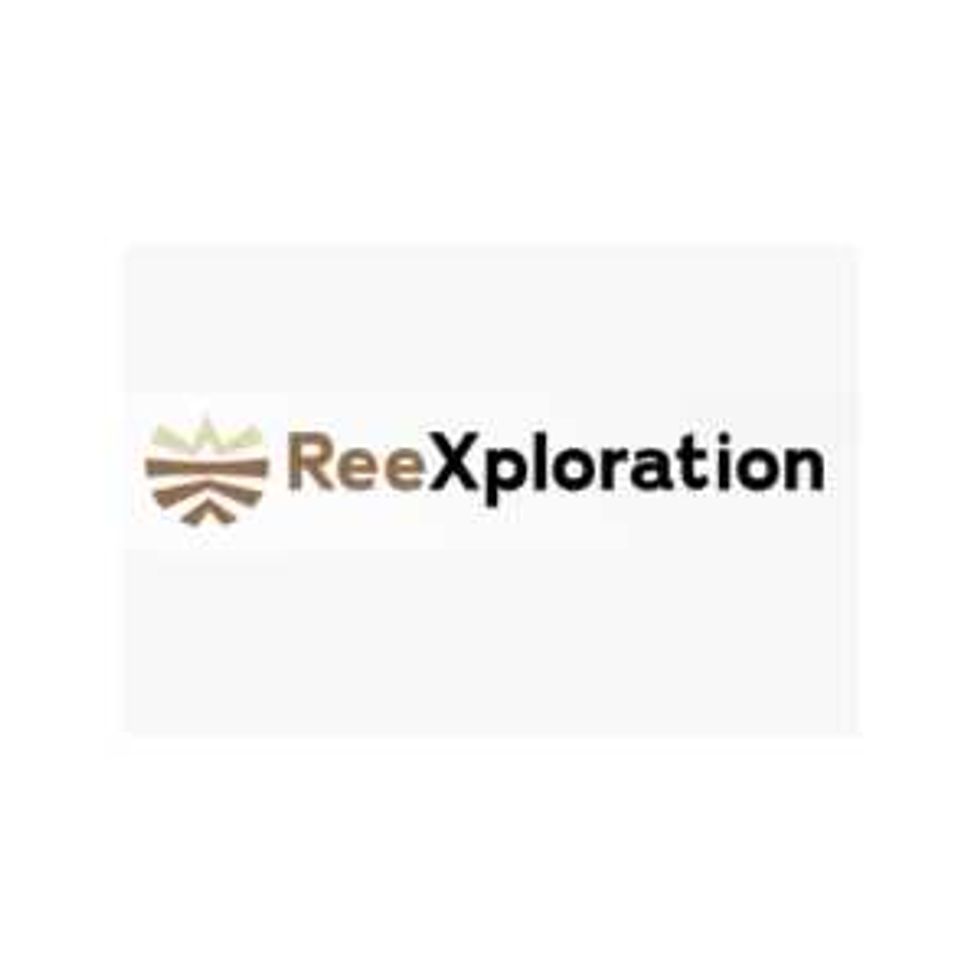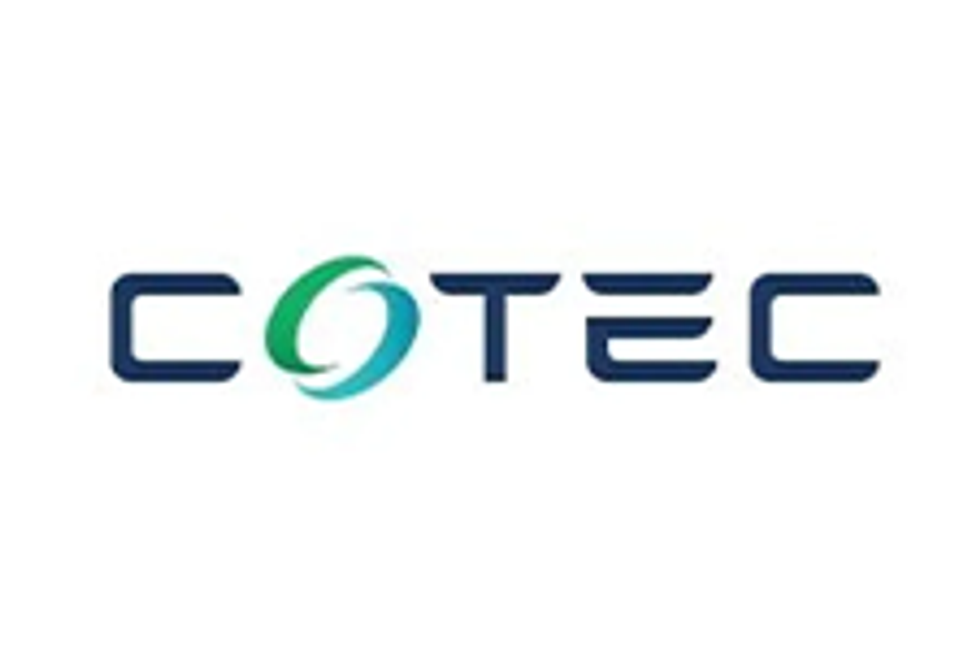
The geopolitical climate and green rush highlight the need to develop rare earth resources outside China.
There are 17 different rare earth elements (REEs), and each has its own critical applications in manufacturing, industry and society. The thing that makes them somewhat unique amongst mineral resources is that they always occur jointly with one another in nature. You will not, for instance, find a scandium deposit without also finding yttrium.
Despite their name, REEs are actually quite common, being more plentiful than gold, silver and platinum. However, though they are abundant throughout nature, mineable concentrations of REEs are found much less frequently than other mineral resources.
It's also important to understand that different REE deposits contain different quantities of each metal. Scandium is widely regarded as the rarest of the 17, and is incidentally one of the most expensive natural elements.
So what does all this information mean? Due to a combination of high demand and scarcity of mineable deposits, the market will likely experience a global shortage of rare earth elements within the next five years. Rare earths recycling provides a compelling, cost-effective solution to this problem, one which is highly promising from an investment standpoint.
Why are rare earth elements so important?
As already stated, rare earth metals are used in multiple industries and sectors. Where they see the most widespread use — and the reason demand for the resources has risen so sharply in recent years — is in technology manufacturing.
Neodymium, for instance, is a core component in modern smartphones, electric vehicles, medical equipment and industrial magnets. Praseodymium is heavily used by the film industry and, combined with magnesium, it's used to construct aircraft engines. Gallium in its liquid form is used in human-machine interfaces, solar panels, screens and semiconductors.
Cerium is used as a polishing agent for glass, while lanthanum is a catalyst in petroleum refinement and in the production of camera lenses and carbon arc lights.
Europium is used to produce LEDs, CRT displays and fluorescent bulbs alongside yttrium, which is also used as an alloying agent.
Erbium is a core component of fiber optic wiring, while scandium is used in multiple high-end alloys within the sporting, automotive and aerospace sectors.
Meanwhile, dysprosium, yttrium and terbium all play a crucial role in the development of clean energy. Terbium is also used in both televisions and solid-state hard drives alongside yttrium, and yttrium has its own uses like in polymerizing ethylene.
In truth, we could likely publish an entire piece exclusively discussing the myriad uses of REEs. They are essential materials in many of today's critical and emerging technologies. And as the world continues its push for electrification, demand will only continue to scale.
Eventually, we will reach a point where production simply cannot keep up. The problem holding us back is that, in addition to producing deposits being comparatively scarce, the extraction and refining process for REEs is also quite complex. This has given way to a market dominated and almost unchallenged by China — with all the potential supply chain issues that it entails.
The current state of the rare earth elements market
In 2021, China produced 168,000 metric tons (MT) of rare earth metals, accounting for more than half of total global production. The United States, the world's second largest producer, accounted for only 43,000 MT. Australia, in fourth place, produced 22,000 MT.
As you might expect, this uneven market has made investing in the rare earths market quite challenging. Chinese suppliers functionally have a stranglehold on both pricing and market viability. This is at least in part due to the country's high rate of production, low labour costs and relaxed environmental regulations, although they are becoming more stringent.
Moreover, with rising geopolitical tensions, any rare earths supply chain between China and other countries could be considered potentially unstable. Given the growing importance of REEs, it's imperative that Australia establishes its own reliable domestic source. Emerging recycling technologies could provide exactly that.
Why recycling is a compelling production alternative
Traditionally, rare earths recycling was nearly as difficult as refining the raw materials, if not more so. The process was incredibly energy-intensive and complex, requiring multiple separation techniques. Additionally, each step in the process had the potential to produce harmful chemical emissions.
This is slowly changing. Recent years have seen the development of multiple significant innovations in rare earths recycling. Modern recycling processes are not only more efficient and cost-effective than traditional REE production but also considerably more sustainable.
Unfortunately, there is still a great deal of growth required in this sector before it can directly address the growing issue of e-waste. Currently, of all discarded electronics, only 20 percent are recycled. Greater education about electronics recycling is necessary, alongside continued market growth. The good news is that the global rare earths recycling market is expected to reach US$422 million by 2026 at a compound annual growth rate of 11.2 percent beginning in 2021.
There are several companies at the helm of this development.
Houston-based REEcycle, for instance, has developed a low-cost patented process for sustainable extraction. This process is capable of achieving up to 99.8 percent separation when recycling NdFeB magnets. REEcycle's process has earned it multiple environmental and sustainability awards, and to date is the most effective, sustainable recycling technique on the market.
Reach Resources (ASX:RR1) made a strategic investment of $1.8 million to acquire a 10 percent stake in REEgenerate, an Australian private company that owns 100 percent of REEcycle. REEcyle’s process has the ability to reclaim 15 of the 17 rare earth elements in discarded permanent NdFeB magnets.
The company is also exploring for REEs through its wholly owned subsidiary Skyline Resource, which was granted exploration licence E09/2646 over a 247 square kilometre area in the highly coveted Gascoyne province in Western Australia. The licence is adjacent to and shares contiguous boundaries with REE developer Hastings Technology Metals (ASX:HAS,OTC Pink:HSRMF) and explorer Lanthanein Resources (ASX:LNR). Recent REE exploration success from Lanthanein and nearby Dreadnought Resources (ASX:DRE), in addition to Hastings’ move toward becoming Australia’s next REE producer, provides confidence in the prospects of the company’s Skyline project.
Other major competitors in the rare earths recycling market include Solvay (OTCQX:SVYSF,EBR:SOLB), Hitachi Metals (TSE:5486), Energy Fuels (TSX:EFR,NYSEAMERICAN:UUUU) and Global Tungsten & Powders. Currently, Australia lacks a significant footprint in the recycling sector, although Australian mining companies such as Northern Minerals (ASX:NTU) have made great strides in sustainable production.
Takeaway
Rare earth metals are crucial not just to the future of multiple industries, but to our global efforts for a greener, more sustainable future. Unfortunately, the current state of the global market represents a considerable roadblock to future growth, with a looming supply shortage threatening to send prices into the stratosphere. Innovative recycling processes could provide the answer to this problem, but only if mining companies and investors work together to support a burgeoning market.
This INNSpired article was written as part of an advertising campaign for a company that is no longer a client of INN. This INNSpired article provides information which was sourced by INN, written according to INN's editorial standards, in order to help investors learn more about the company. The company’s campaign fees paid for INN to create and update this INNSpired article. INN does not provide investment advice and the information on this profile should not be considered a recommendation to buy or sell any security. INN does not endorse or recommend the business, products, services or securities of any company profiled. If your company would benefit from being associated with INN's trusted news and education for investors, please contact us.


